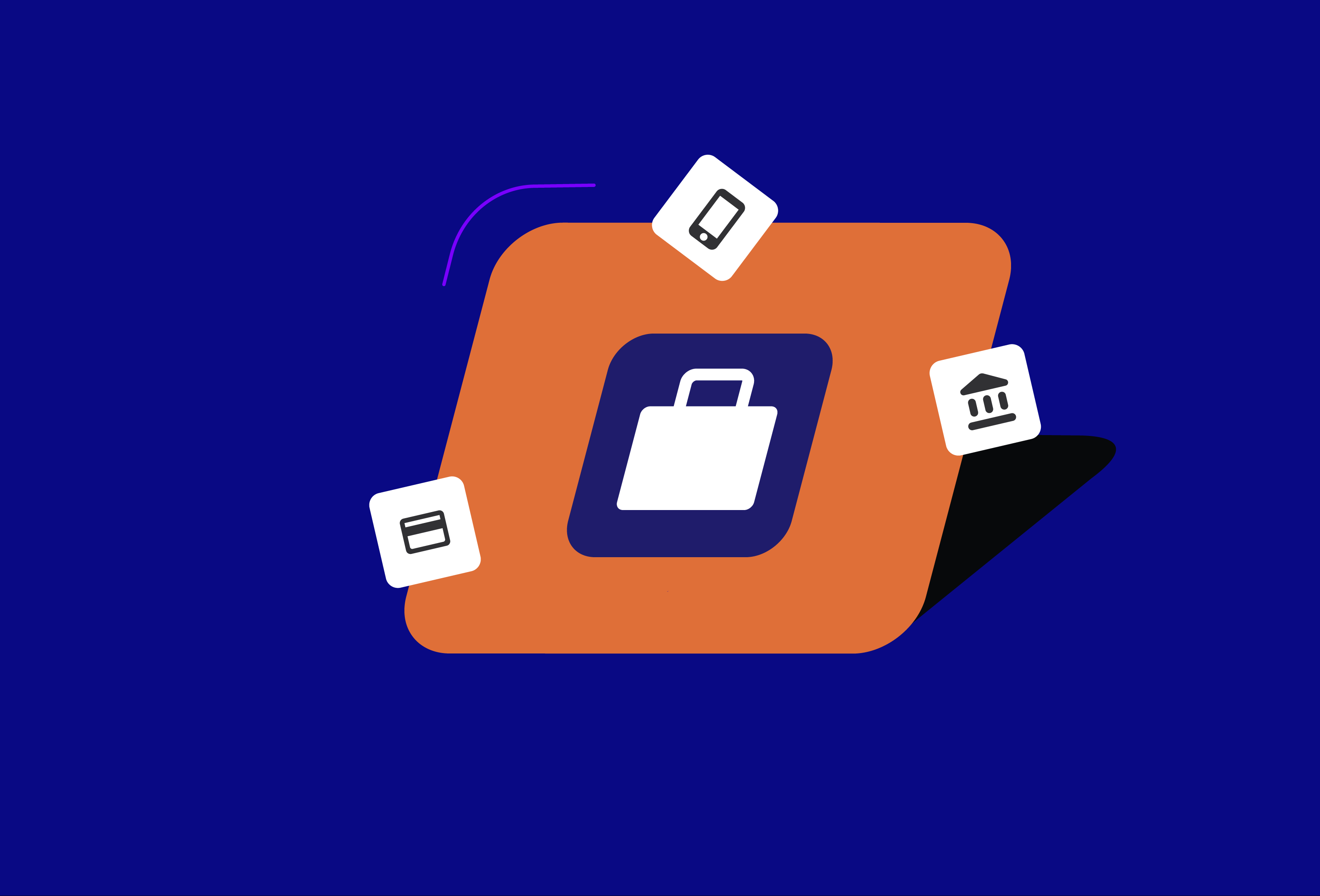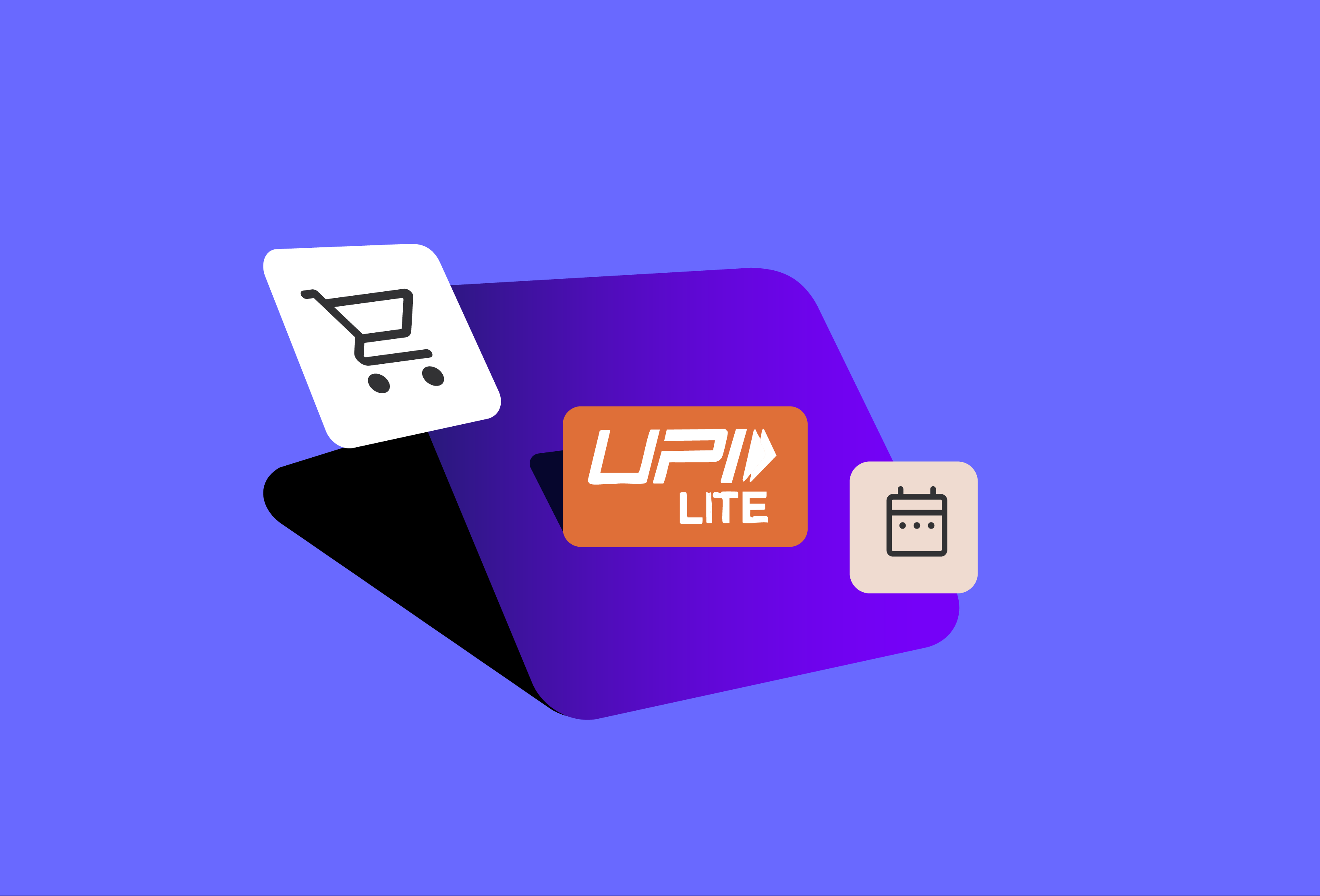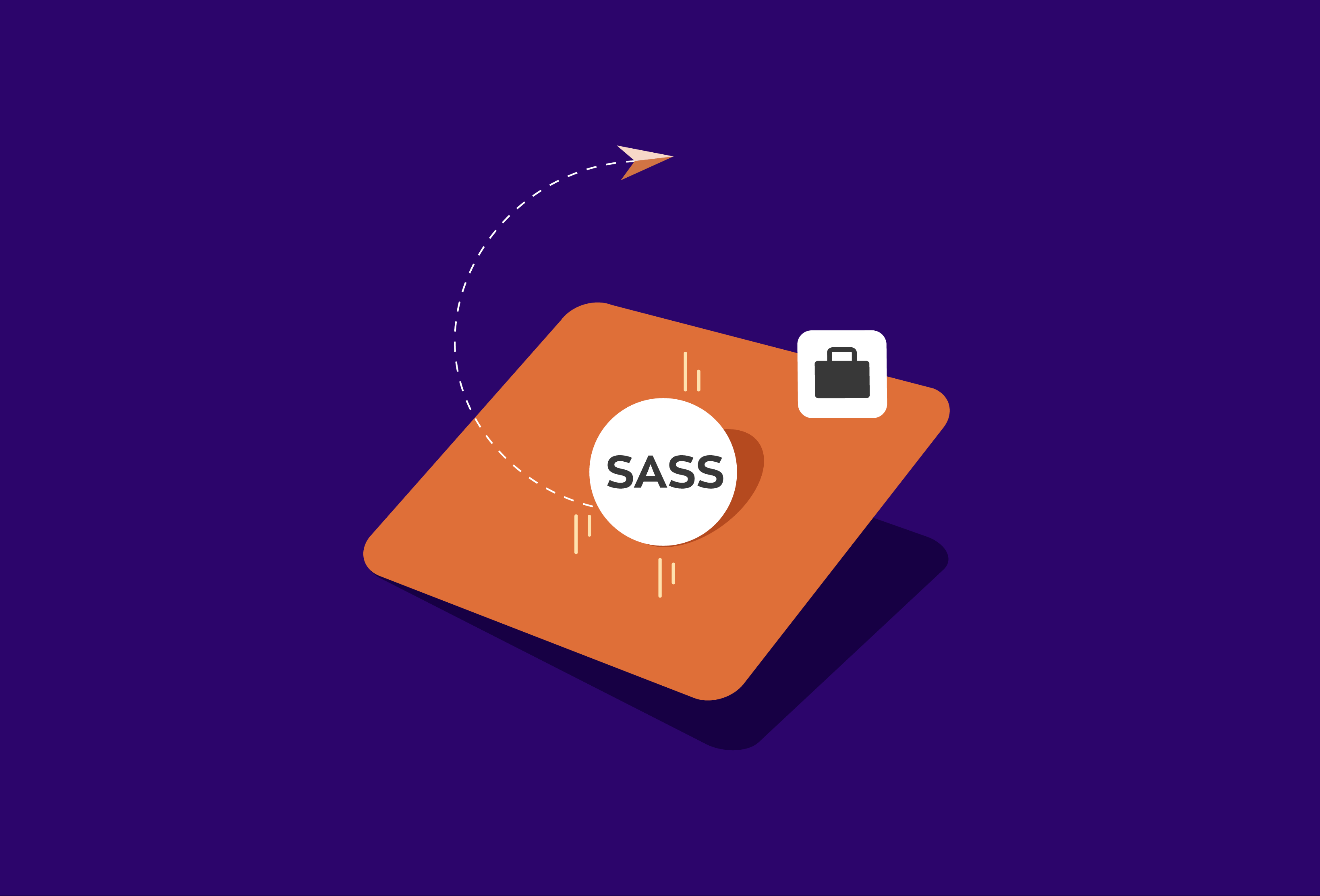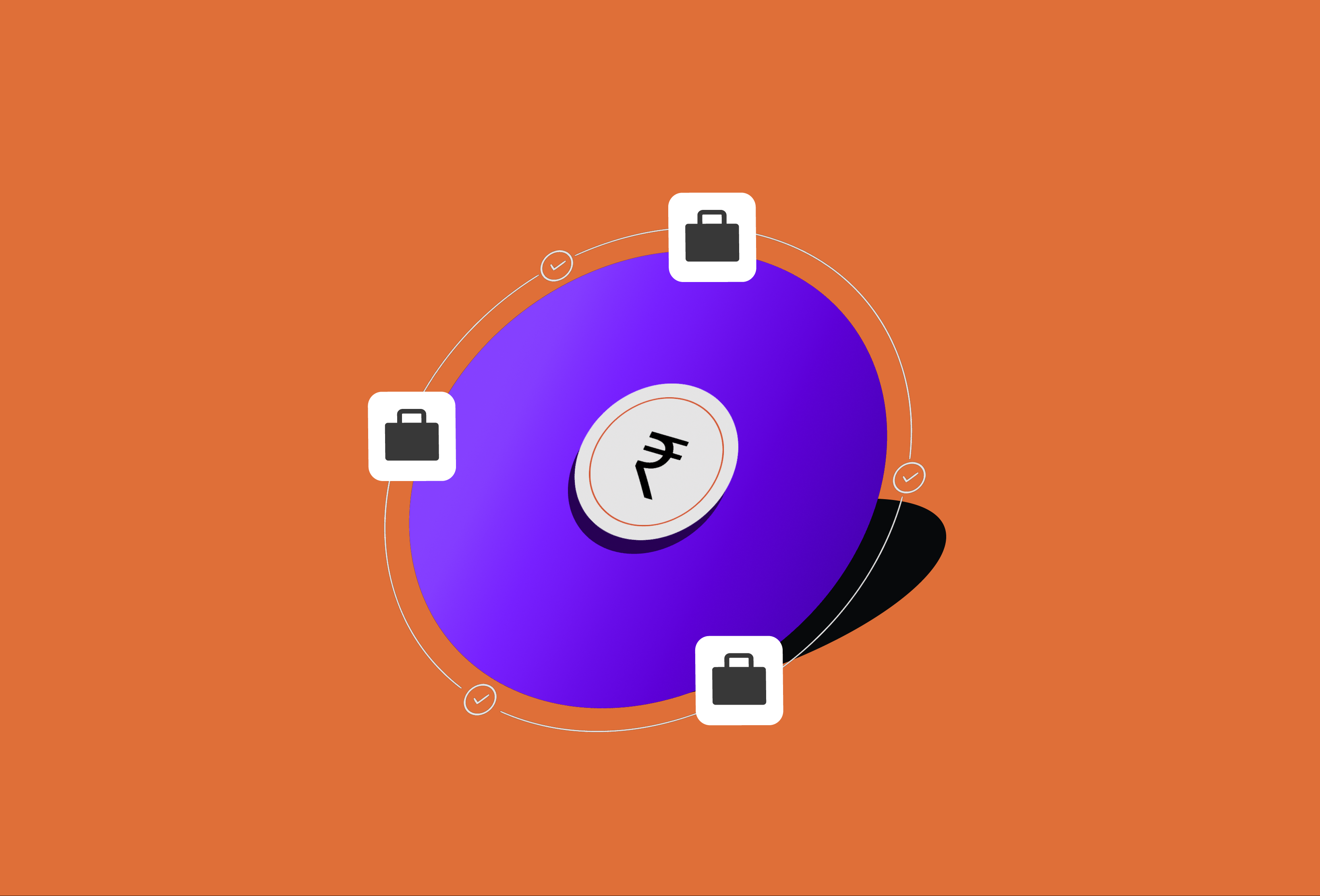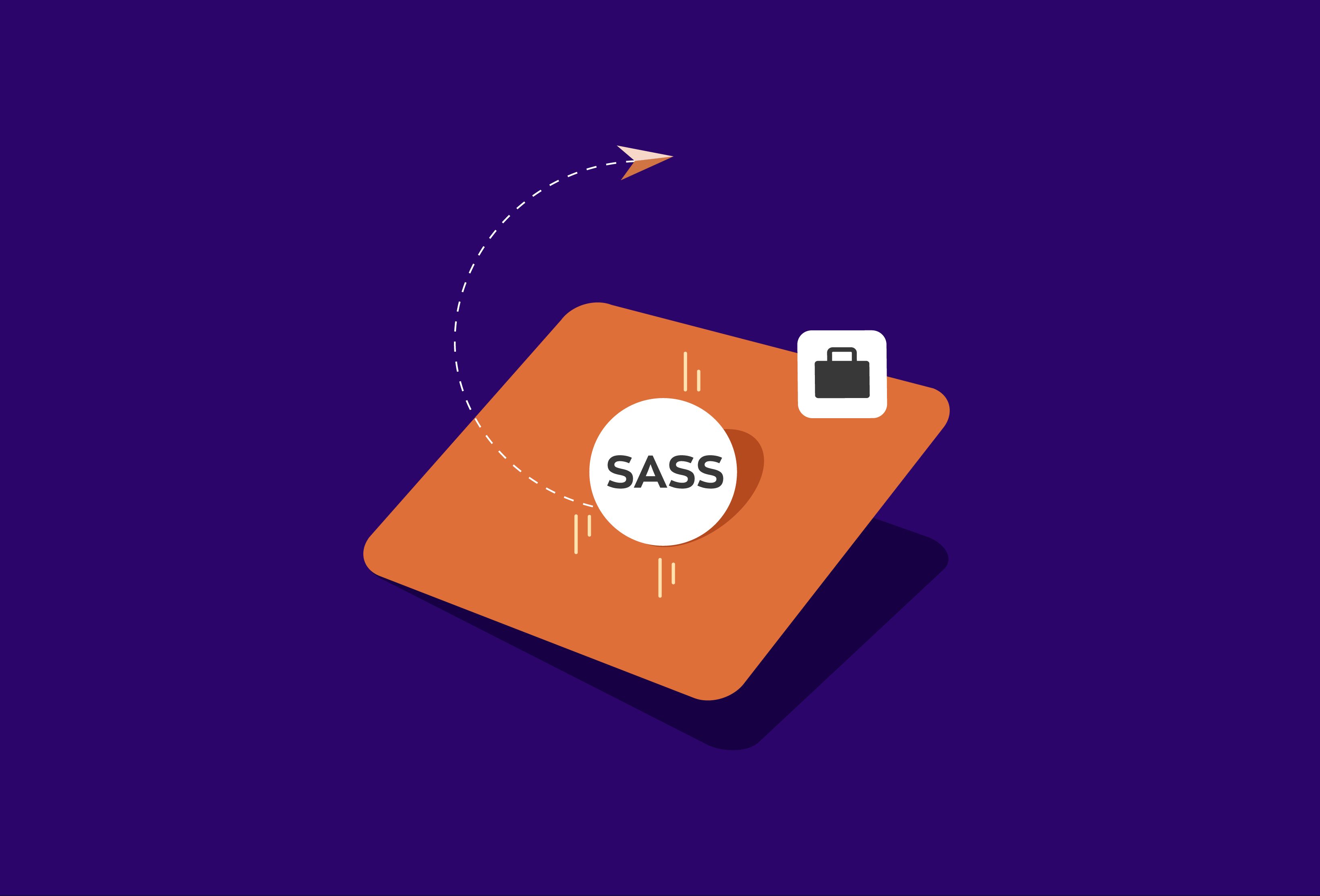In today’s hyper-connected digital ecosystem, APIs (Application Programming Interfaces) are the backbone of modern applications. They empower organizations to build scalable products, collaborate with partners, and innovate faster. But with great power comes great risk. APIs have become prime targets for attackers seeking to exploit vulnerabilities.
As a Chief Technology Officer (CTO), securing your API integrations is not just a best practice, but a non-negotiable business imperative. According to Salt Security’s State of API Security report, API attacks grew by over 400% year-over-year, highlighting how critical it is to get API security right.
This checklist will help CTOs, engineering heads, and security teams evaluate and strengthen their API security posture, covering both technical and operational aspects.
1. Start with Robust Authentication and Authorization
Implement OAuth 2.0 or OpenID Connect
Modern protocols like OAuth 2.0 and OpenID Connect are the gold standard for token-based authentication and user delegation. Avoid using basic authentication with static API keys for production-grade systems.
Use role-based access controls (RBAC)
Ensure that each user or system only has access to the data and functions they absolutely need: the principle of least privilege.
Employ strong token management
Use short-lived tokens with refresh mechanisms, and rotate secrets periodically to minimize misuse if they are compromised.
2. Enforce Transport Layer Security (TLS)
Use HTTPS for all API traffic
Never allow plaintext HTTP for production APIs. Enforce HTTPS using TLS 1.2 or above to protect data in transit.
Strict certificate validation
Always validate certificates and their chains of trust to protect against man-in-the-middle (MITM) attacks.
3. Validate All Inputs and Outputs
Apply input validation and output encoding
Never trust user inputs. Validate data against strict rules and sanitize it to prevent injection attacks.
Use schema validation
Define clear API schemas and enforce them to reject unexpected data structures.
Prevent information leakage
Mask sensitive data in error responses. Never return stack traces or internal system details through the API.
4. Understand and Implement the OWASP API Security Top 10
The OWASP API Security Top 10 highlights the most critical API vulnerabilities. However, many teams focus only on generic security practices and overlook these API-specific risks, especially in production environments.
Here are the most commonly ignored OWASP API vulnerabilities you should actively guard against:
Broken Object Level Authorization (BOLA)
APIs often expose object IDs (like /user/123) and assume users won’t tamper with them. Always enforce authorization at the object level and not just at the endpoint.
Broken Function Level Authorization
Even if users are authenticated, they may access functions (like admin endpoints) they’re not authorized to use. Implement role-based checks at every function level.
Lack of Rate Limiting
While OWASP lists “Mass Assignment” and “Excessive Data Exposure,” many breaches happen because APIs don’t enforce limits, making brute force, scraping, or bot abuse possible.
Security Misconfiguration
APIs deployed without proper security headers, verbose error messages, or open debugging ports are goldmines for attackers. Regularly scan and harden your production configurations.
Improper Asset Management
Shadow APIs, deprecated endpoints, or unsecured staging environments are frequently overlooked. Maintain a full inventory of all active and exposed APIs.
Pro Tip:
- Map each of your APIs against the OWASP API Security Top 10
- Run internal audits or use API-specific security testing tools (like StackHawk, 42Crunch, or Salt Security)
- Document and version all endpoints, ensuring authorization and data access controls are clearly defined per object and role.
5. Rate Limiting and Throttling
Define API rate limits
Protect against brute-force and denial-of-service attacks by implementing sensible rate limits.
Use IP whitelisting or geo-fencing where applicable
If your APIs are only meant for specific partners or regions, restrict access to trusted IP addresses or geographical zones.
Monitor abuse patterns
Leverage analytics to detect spikes in traffic, unusual usage patterns, or repeated failed attempts.
6. Secure API Keys and Secrets
Never hardcode credentials
Store API keys and secrets securely in environment variables or secure vaults like HashiCorp Vault or AWS Secrets Manager.
Rotate secrets regularly
Periodically rotate and revoke API keys to minimize the risk of long-lived credentials being exploited.
Set scope for API keys
Limit what each API key can access, for instance, read-only vs. write operations, to reduce the blast radius if a key is leaked.
7. Adopt Zero-Trust Architecture
Treat every integration as untrusted
Even if you believe a system is “internal,” treat it as potentially compromised. Always verify and authenticate every call.
Micro-segmentation
Divide your API infrastructure into smaller segments and secure communication between those segments.
Continuous authorization
Beyond initial login, continuously revalidate permissions and session status, especially for long-lived API sessions.
8. Log, Monitor, and Audit
Enable detailed logging
Log all API activity, including authentication attempts, parameter values, and error messages (suitably masked).
Centralized monitoring
Use a SIEM (Security Information and Event Management) system to collect and analyze these logs for early detection of threats.
Audit trails
Maintain comprehensive audit trails to track changes in API configurations, user access, and third-party integrations.
9. Secure Third-Party Integrations
Vet your partners
If your API connects to third-party services, conduct thorough security due diligence on those partners.
Review third-party code
Ensure that any SDKs or client libraries you integrate are actively maintained and free of known vulnerabilities.
Isolate partner integrations
Use separate API keys, separate environments, or even separate VPCs to limit the impact of third-party compromise.
10. Ensure Strong Versioning and Deprecation Strategy
Use versioned endpoints
Never break consumers with silent API changes. Version your APIs to support a safe migration path.
Deprecate responsibly
Announce deprecations with sufficient time for partners to migrate, and remove legacy endpoints carefully to avoid security gaps.
11. Educate and Train Your Teams
API security champions
Designate security-focused developers or architects who stay on top of API security best practices.
Regular threat modeling
Encourage teams to do threat modeling whenever they introduce a new API or change a critical flow.
Run security drills
Simulate API-based attacks or credential leaks to test your detection and response capabilities.
As APIs continue to drive digital transformation, they will remain a high-value target for cybercriminals. A single exposed API vulnerability can compromise an entire ecosystem. As a CTO, it is your responsibility to build a culture of secure API design, implementation, and governance, not just for compliance, but for the trust of your customers and partners.
Use this checklist as a starting point and evolve it to fit your organization’s risk appetite, compliance needs, and industry best practices.
If you’re looking for a partner who builds secure, scalable, and developer-friendly finance and compliance APIs, explore how Zwitch’s API solutions can help you accelerate your business without compromising security.


